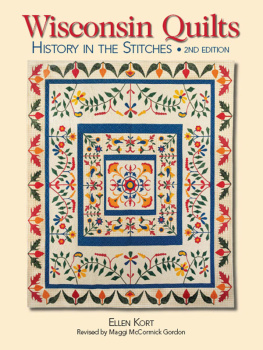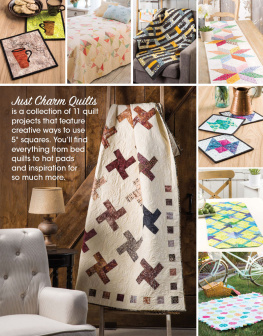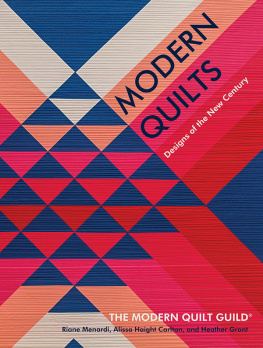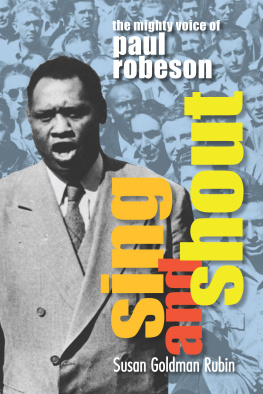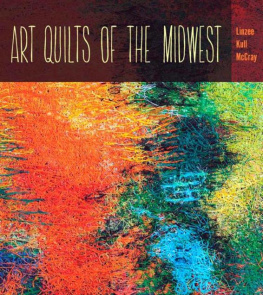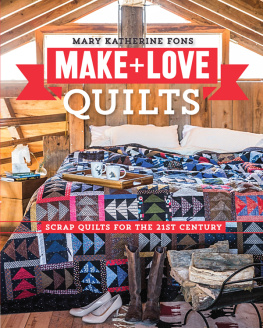Susan Goldman Rubin - The Quilts of Gees Bend
Here you can read online Susan Goldman Rubin - The Quilts of Gees Bend full text of the book (entire story) in english for free. Download pdf and epub, get meaning, cover and reviews about this ebook. year: 2017, publisher: ABRAMS, genre: Detective and thriller. Description of the work, (preface) as well as reviews are available. Best literature library LitArk.com created for fans of good reading and offers a wide selection of genres:
Romance novel
Science fiction
Adventure
Detective
Science
History
Home and family
Prose
Art
Politics
Computer
Non-fiction
Religion
Business
Children
Humor
Choose a favorite category and find really read worthwhile books. Enjoy immersion in the world of imagination, feel the emotions of the characters or learn something new for yourself, make an fascinating discovery.
- Book:The Quilts of Gees Bend
- Author:
- Publisher:ABRAMS
- Genre:
- Year:2017
- Rating:4 / 5
- Favourites:Add to favourites
- Your mark:
The Quilts of Gees Bend: summary, description and annotation
We offer to read an annotation, description, summary or preface (depends on what the author of the book "The Quilts of Gees Bend" wrote himself). If you haven't found the necessary information about the book — write in the comments, we will try to find it.
Since the early nineteenth century, the women of Gees Bend in southern Alabama have created stunning, vibrant quilts. In the only photo-essay book about the quilts of Gees Bend for children, award-winning author Susan Goldman Rubin explores the history and culture of this fascinating group of women and their unique quilting traditions. Rubin uses meticulous research to offer an exclusive look at an important facet of African American art and culture.
In the rural community of Gees Bend, African American women have been making quilts for generations. They use scraps of old overalls, aprons, and bleached cornmeal sacksanything they can find. Their traditions have been passed down through the decades. Much to the womens surprise, a selection of the quilts was featured in an exhibition at the Museum of Fine Arts, Houston, in 2002. The exhibition then traveled to the Whitney Museum in New York City. Eye-poppingly gorgeous, wrote a critic for the New York Times about the exhibition. He continued, Some of the most miraculous works of modern art America has produced. The Metropolitan Museum of Art will exhibit its newly acquired collection of Gees Bend quilts in 2017.
Rubin is known for producing well-researched, highly praised, and sophisticated biographies of artists and other important figures. Through similar research, The Quilts of Gees Bend shares specifics about this rare community and its rich traditions, allowing children to pause to consider history through the eyes of the people who lived it and through a legacy that is passed on to the next generation.
This book should be of great interest to classrooms, libraries, and those interested in African American art in the United States, in addition to quilting, life in early emancipated colonies in the South, and Gees Bends importance in the Civil Rights movement. The quilts and the incredible stories behind them are powerful motivators for anyone who wishes to accomplish anything. A map, directions on how to make a quilt square, endnotes, and an index round out this stunning nonfiction book.
Susan Goldman Rubin: author's other books
Who wrote The Quilts of Gees Bend? Find out the surname, the name of the author of the book and a list of all author's works by series.




